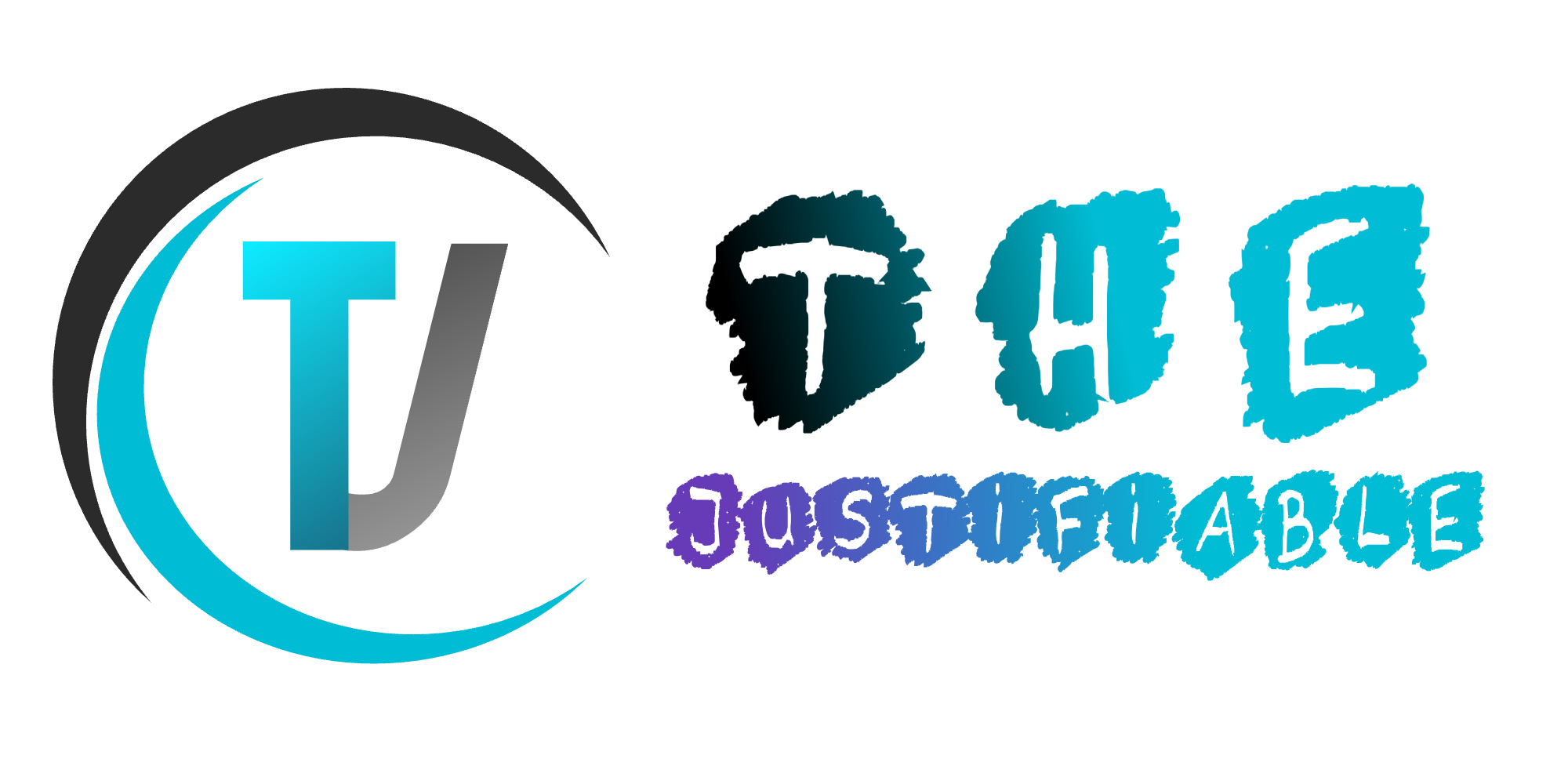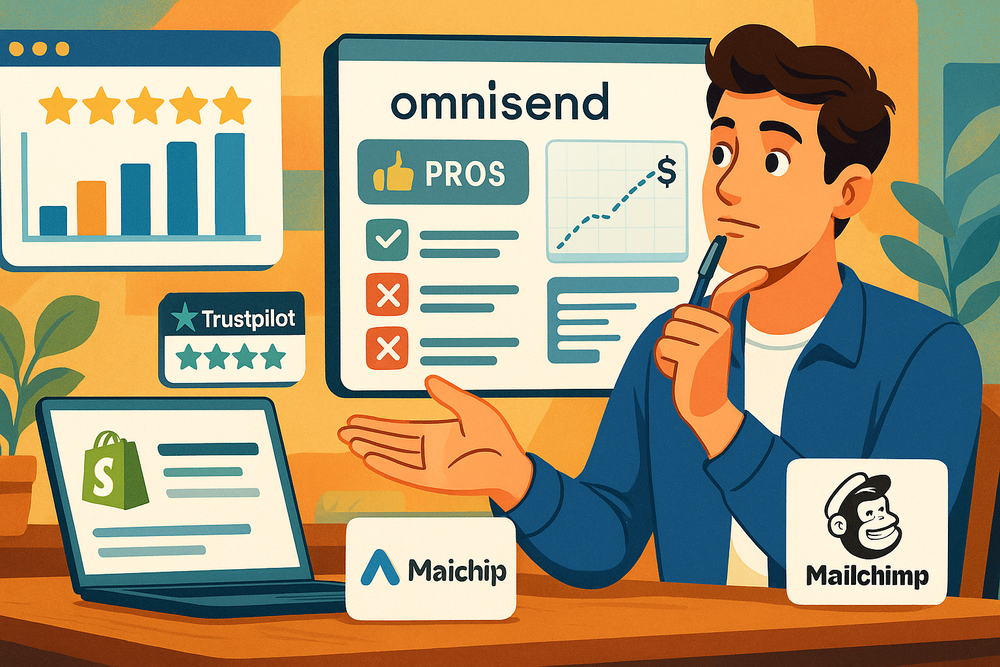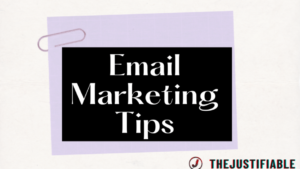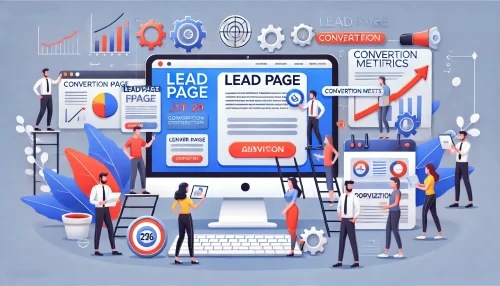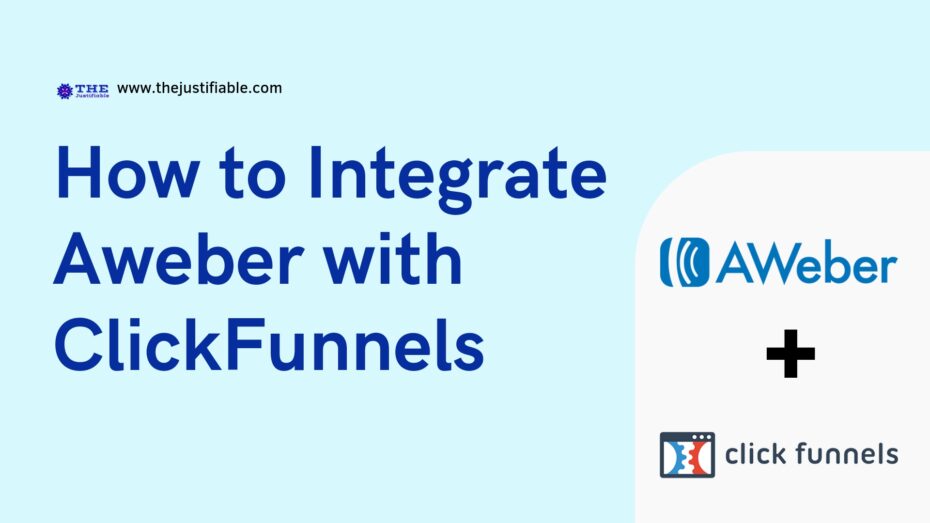Table of Contents
Navigating omnisend pricing as a startup isn’t just about scanning numbers—it’s about finding the right balance between growth, features, and what you can actually afford.
I’ve rolled up my sleeves and dug into the real details, so you don’t have to. If you’re weighing Omnisend against the rest, this guide is for you.
Quick Overview: What Startups Should Know About Omnisend Pricing
Before we dig deep, here’s what you’re dealing with: Omnisend offers a freemium model, with paid plans unlocking real power. But as with all tools, there are catches—some good, some not-so-good. I’ll walk you through both, with zero sugar-coating.
Understanding Omnisend’s Core Pricing Tiers and What You Get
Most startups start with the basics, so knowing exactly where the value (and the headaches) are is critical. Omnisend’s pricing is based on contact list size and features, not just email volume—a subtlety many miss.
- Free Plan: Up to 250 contacts, 500 emails/month, core automations, and basic reporting.
- Standard Plan: Starts around $11.20/month (for 500 contacts). Unlocks advanced email, SMS, web push, automation splits, and customer support.
- Pro Plan: Starts around $41.30/month (for 2,500 contacts), scales with your list. Includes unlimited emails, priority support, advanced reporting, SMS credits bundled.
How it feels in practice: If you’re early-stage, the Free tier will seem generous. But as you add subscribers—even modestly—costs jump. That “per contact” model creeps up faster than you think.
Real-world tip: From your dashboard, you can see a pricing estimator that updates as your list grows. Always check it before a campaign push—one viral lead magnet can double your bill overnight.
Short answers for busy founders:
- Free plan = test-driving, not scaling.
- Standard unlocks most essentials, but SMS is pay-as-you-go.
- Pro gives “all you can eat” (but most startups won’t need it immediately).
Pros of Omnisend Pricing for Startups
Omnisend pricing isn’t just about dollars—it’s about ROI, learning curve, and room to experiment. Here’s where Omnisend stands out for new companies:
Transparent, Startup-Friendly Free Tier
You’ll hear a lot of platforms brag about “free forever”—but Omnisend actually means it, at least for small lists. Unlike Mailchimp, where free means “get ready for bait-and-switch,” Omnisend gives:
- No credit card required, no time limit.
- All core automations (cart abandonment, welcome, order confirmation) included.
- Integrates with Shopify, WooCommerce, BigCommerce in minutes.
Personal take: I love that you can fully automate a store launch sequence and see real engagement before spending a cent. That’s rare.
Scenario: I once helped a client launch with less than 200 subscribers. We ran 3 automations, web push, and even tested SMS—without touching the paid plan. Not one support nag or forced upgrade. That’s “try before you buy” done right.
Flexible Scaling With Predictable, Simple Pricing
When you do start growing, Omnisend doesn’t nickel-and-dime for every little feature.
- Standard plan pricing scales by contact, not email volume—no hidden “overage” fees.
- SMS/web push are a la carte, so you pay for what you use.
- Upgrading or downgrading is instant, self-serve, and painless—no contracts or sales calls.
Quick comparison table:
| Feature | Omnisend Standard | Mailchimp Essentials | Klaviyo Email |
| Starting Price (500 subs) | $11.20/mo | $13/mo | $20/mo |
| Free Tier | Yes | Yes | No |
| Key Automations | Yes | Limited | Yes |
| SMS Credits Included | No | No | No |
| Unlimited Emails | No | No | No |
Pro tip: Omnisend’s “unlimited emails” on Pro is a lifesaver if you send heavy campaigns—unlike Mailchimp or Klaviyo, which charge by volume at higher tiers.
Feature-Rich Even at Lower Tiers
Startups want best-in-class features—without “enterprise” pricing. Omnisend actually delivers:
- Drag-and-drop campaign builder that’s not clunky or dated.
- Pre-built automation templates that actually work out of the box.
- Segmentation and personalization even for small lists.
I recommend: Try the pre-built “Abandoned Cart” flow on day one. Even on Free, you can edit triggers, split flows, and see real revenue roll in. Most other ESPs wall this off until you pay.
Transparent Billing, No Surprises
I’ve seen enough SaaS invoices to know how often “fees” pop up out of nowhere. Omnisend shows your next bill and usage on the dashboard. No “email archiving” fees. No support charges. What you see is what you pay.
Short answers:
- No hidden costs or surprise “add-ons”.
- Billing adjusts instantly as your list grows or shrinks.
- Pausing or cancelling is easy—no “call us to cancel” nonsense.
Cons of Omnisend Pricing for Startups
Nobody’s perfect—and neither is Omnisend’s pricing model. Here’s where I think startups need to watch out (and a few things that might surprise you).
Rapid Cost Scaling for Fast-Growing Lists
This is the catch: Omnisend’s per-contact model gets expensive as soon as you hit traction.
- Price jumps every 500–1,000 new contacts.
- Unsubscribed contacts still count toward your billing unless you manually delete them.
- No “lite” plan for newsletter-only users—everyone pays for automations, even if you don’t need them.
My advice: Prune your list monthly. From the dashboard, filter inactive/unsubscribed contacts, bulk delete, and watch your costs drop. Otherwise, you’re paying for dead weight.
Scenario: I worked with a DTC startup that doubled its email list in one quarter—from 1,500 to 3,100. Their Omnisend bill jumped from $30 to nearly $65 overnight. If you’re list-building hard, expect sticker shock.
SMS Pricing Adds Up Quickly
Omnisend makes SMS easy—but it’s never “included.” Pricing is pay-as-you-go and can get pricey:
- Costs vary by country, often $0.015–$0.05 per SMS.
- No free SMS credits on Standard plan.
- Pro plan bundles some SMS, but only makes sense at scale.
How it plays out: You might set up an SMS abandoned cart flow “just to try it”—but 100 sends can burn $5+ instantly. Multiply that over a busy sale? The costs sneak up fast.
Side-eye tip: Always check the in-app SMS cost calculator before launching a big campaign. Even $10–$20/mo in SMS adds up when you’re on a shoestring budget.
Feature Limits at Entry Price
That Free plan I praised earlier? It has limits:
- Only 500 email sends/month, even for transactional messages.
- Web push is capped at 500/month.
- Segmentation is basic; advanced options are paywalled.
Personal scenario: A friend running a small Shopify store hit the email cap with one big campaign. The system paused all automations until the next billing cycle, forcing an upgrade. That kind of surprise can hurt during a launch.
Integrations and Customization May Cost More
While Omnisend is strong with Shopify and WooCommerce, custom integrations (Zapier, API) are easier—but you’ll need the paid tier. Advanced reporting and custom events are also locked to higher plans.
- API access, custom workflows = Standard and above.
- Some deep CRM integrations are “coming soon” or third-party only.
Advice: Check your tech stack before moving your whole workflow to Omnisend. If you need deep Hubspot, Salesforce, or niche ecom connections, compare the upgrade costs first.
Should Your Startup Choose Omnisend? Honest Takeaways
So, is Omnisend pricing good for startups? Here’s the gut-level, founder-to-founder answer:
Choose Omnisend if…
- You need a no-hassle, all-in-one ESP with automations ready on day one.
- Your list is under 1,000 contacts (it’s truly affordable and risk-free).
- You want reliable deliverability, not “growth hacks.”
Look elsewhere if…
- You expect to grow your list 10x in months and want to control costs.
- SMS is a must for your marketing, and your volume is unpredictable.
- You need deep, complex integrations beyond the ecom platforms.
Practical advice:
- Start on Free, automate everything, and only upgrade when your list makes it worth it.
- Watch unsubscribed/invalid contacts—delete them often.
- Test SMS in small bursts before rolling out big flows.
- Compare costs using the dashboard estimator after every growth spurt.
Omnisend Pricing Pros and Cons Table for Startups
A side-by-side summary to help you decide at a glance:
| Pros | Cons |
| Free tier with real automation | Price climbs quickly as you scale |
| No contract, transparent billing | SMS costs are pay-as-you-go, pricey |
| Advanced features at low entry cost | Unsubs still count toward pricing |
| Seamless Shopify/WooCommerce setup | Advanced segmentation paywalled |
| Easy to pause, cancel, downgrade | Some integrations cost more |
Final Thoughts: Is Omnisend Pricing a Win for Startups?
I’ll be straight: Omnisend pricing is one of the best “try before you buy” setups out there. If you’re small, want to automate fast, and value transparency, you’ll love it—at least for the first 1,000 contacts. Once you hit real growth, scrutinize your list and costs. Omnisend is honest, but not always the cheapest at scale.
If you’re still on the fence, spin up a free account and see how it fits your workflows. I believe you’ll know within a week if it’s the right move for your startup. And hey, if not, at least you didn’t waste a dollar figuring it out.

